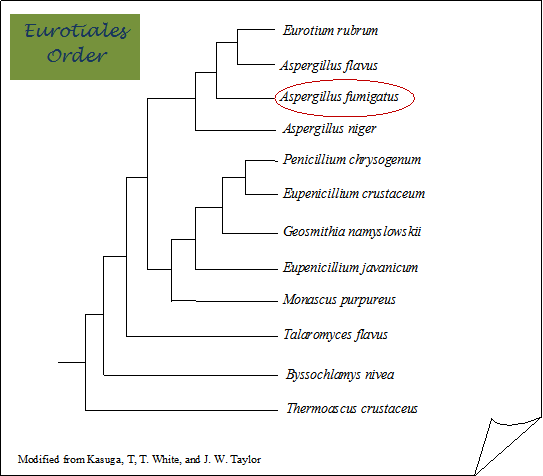Submitted by Aspergillus Administrator on 19 June 2009

Invasive aspergillosis is by far most commonly caused by Aspergillus fumigatus. This is an infection that is notoriously difficult to diagnose and it is important to get the diagnosis right as quickly as possible.
Modern techniques to precisely identify different species and strains have started to reveal that different isolates from what was previously thought to be a single species can actually belong to a different groups within that species definition.
What we thought was one fungal species seems to be several different ‘species’. To some extent this conclusion might be academic – the differences can seem quite small. This begs the question Are these differences important?
Aspergillus fumigatus is one of the species that have been shown to actually be several slightly different ‘subspecies’ so it should be possible to look for clinical differences between those subspecies.
A recent paper does precisely that – it looks at a series of 36 isolates (taken from infected patients) that were formerly identified as A. fumigatus and found that they were in fact a group of fungi now named Aspergillus subsection fumigati subgenus fumigati. 4 of the isolates were identified as Neosartorya udagawae (NB Neosartorya is simply the name for the sexual state of Aspergillus).
Furthermore the research paper shows that infections by N. udagawae behaved quite differently to A. fumigatus. The infections were much longer lasting – 35 weeks compared with 5 weeks for A. fumigatus and tended to need a higher dose of antifungal medication.
We thus have an example of how having a much more refined method of identifying the infecting Aspergillus strain could help make the treatment of that infection more effective, improving medical care to the patient.
News archives
-
Title
Date


